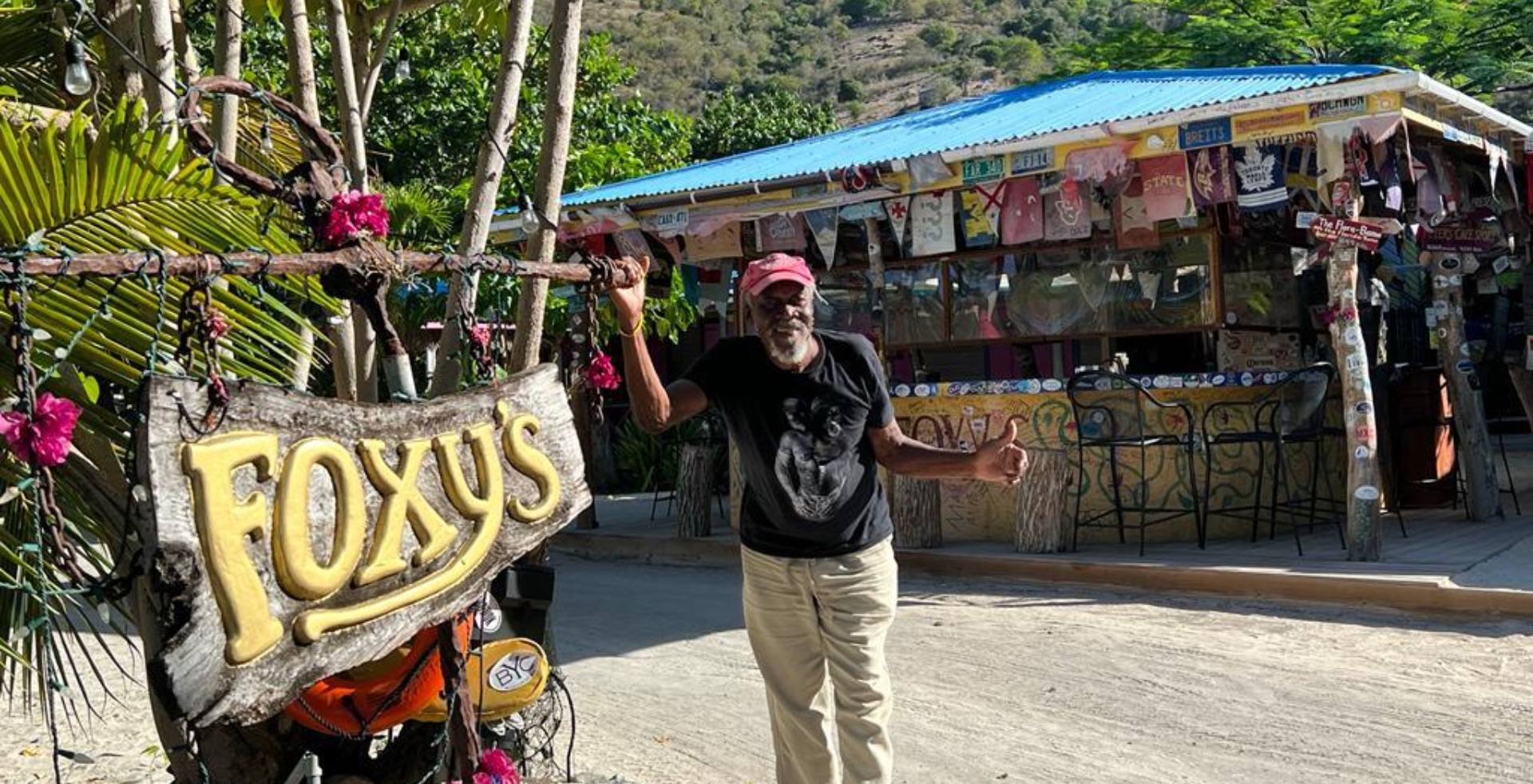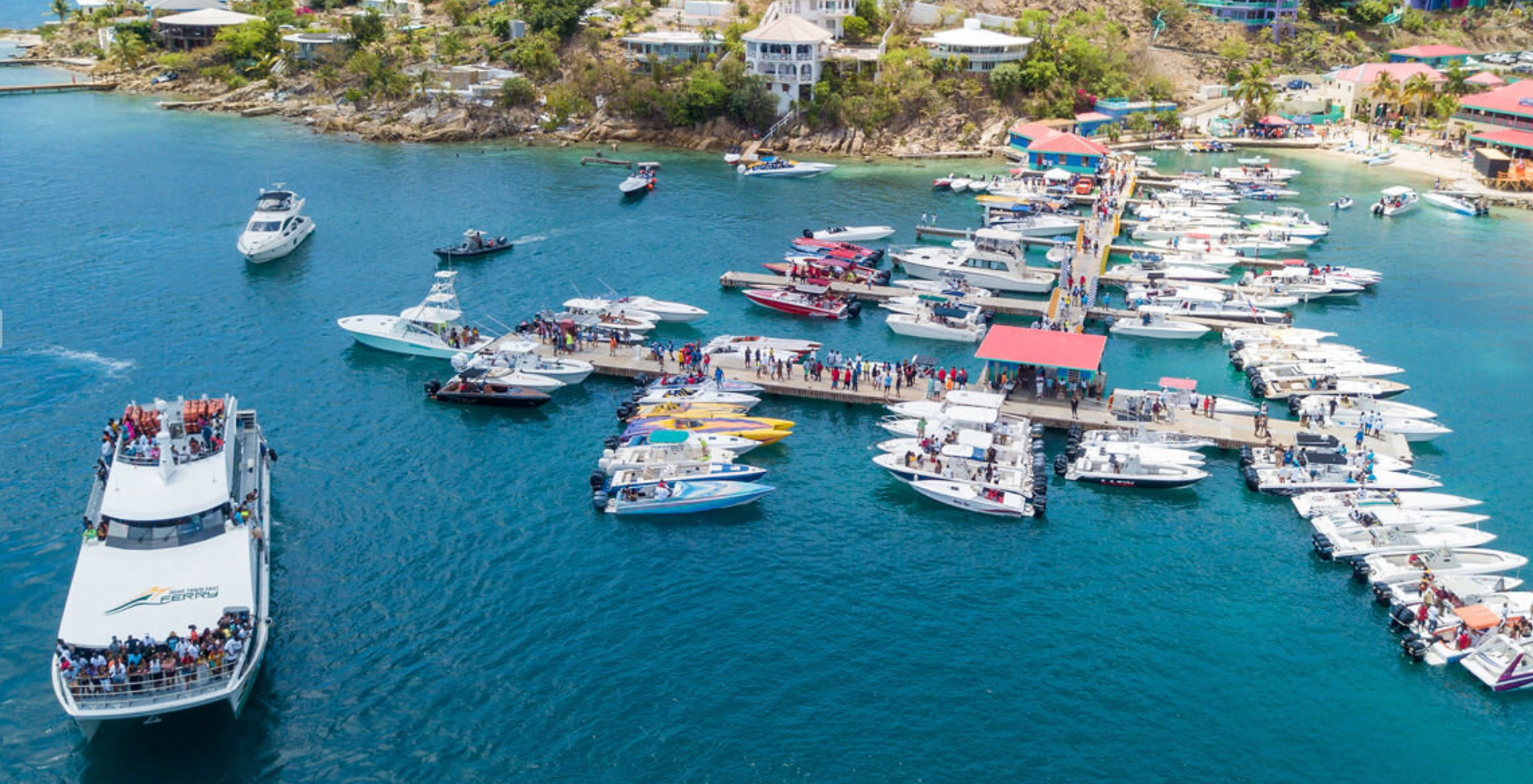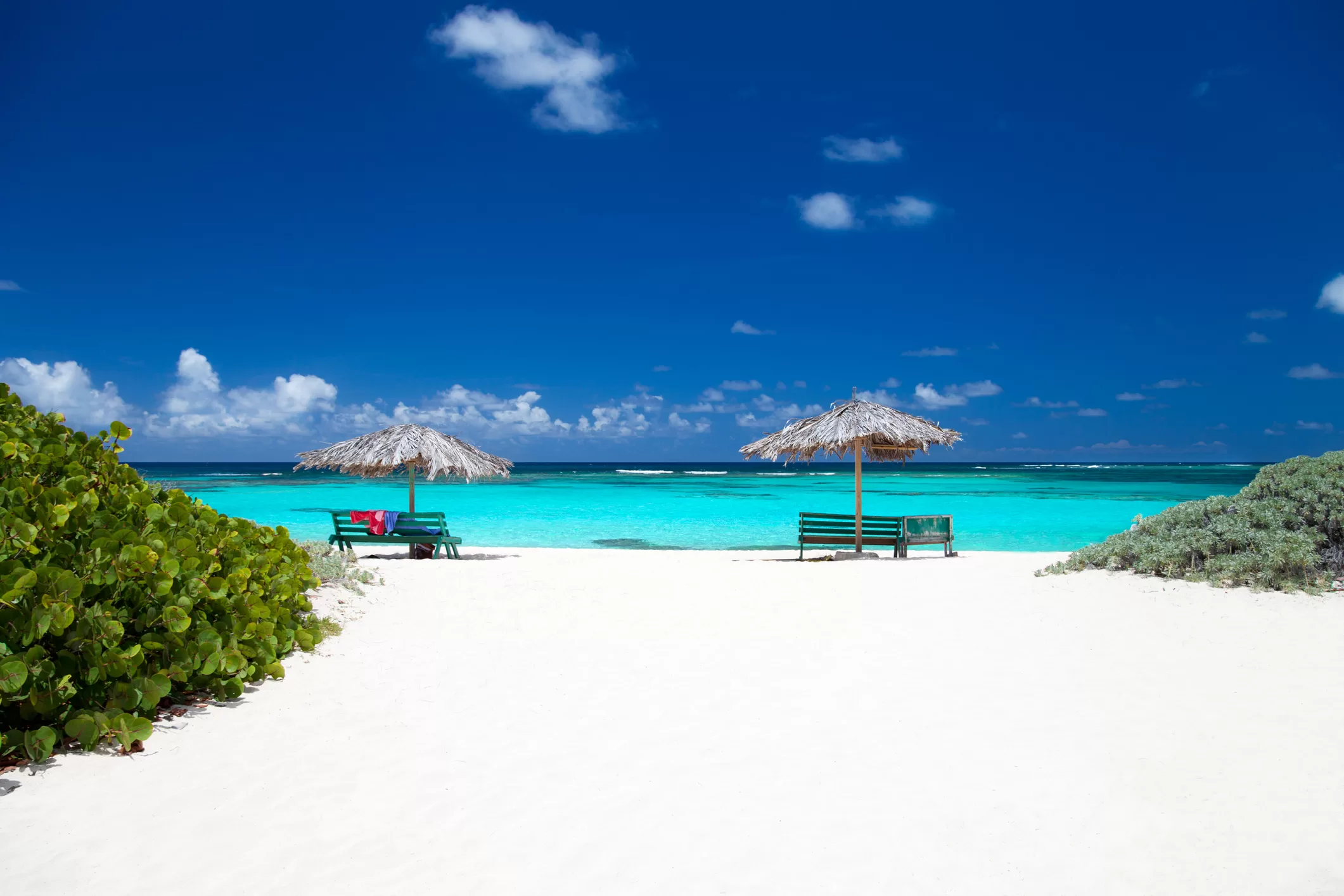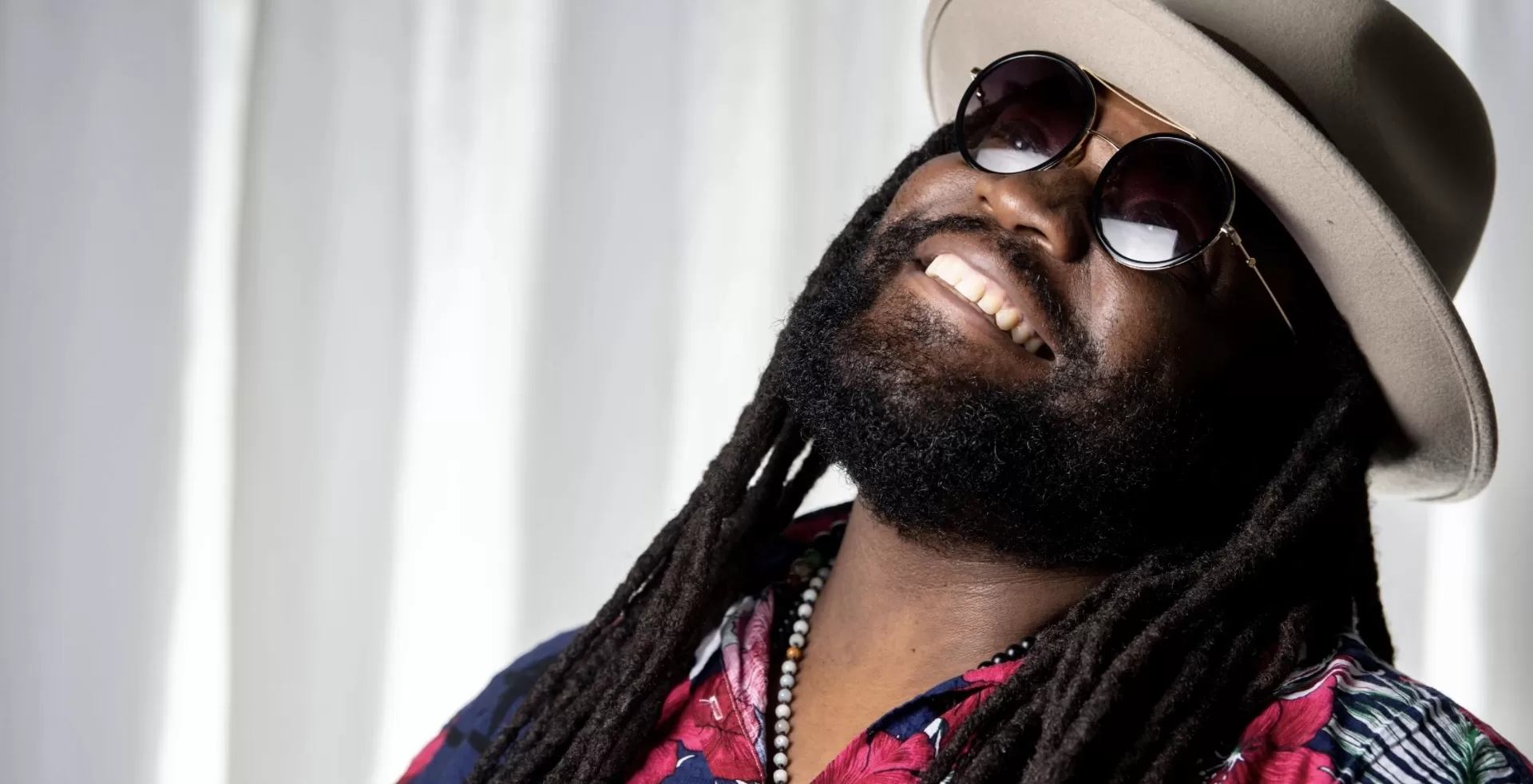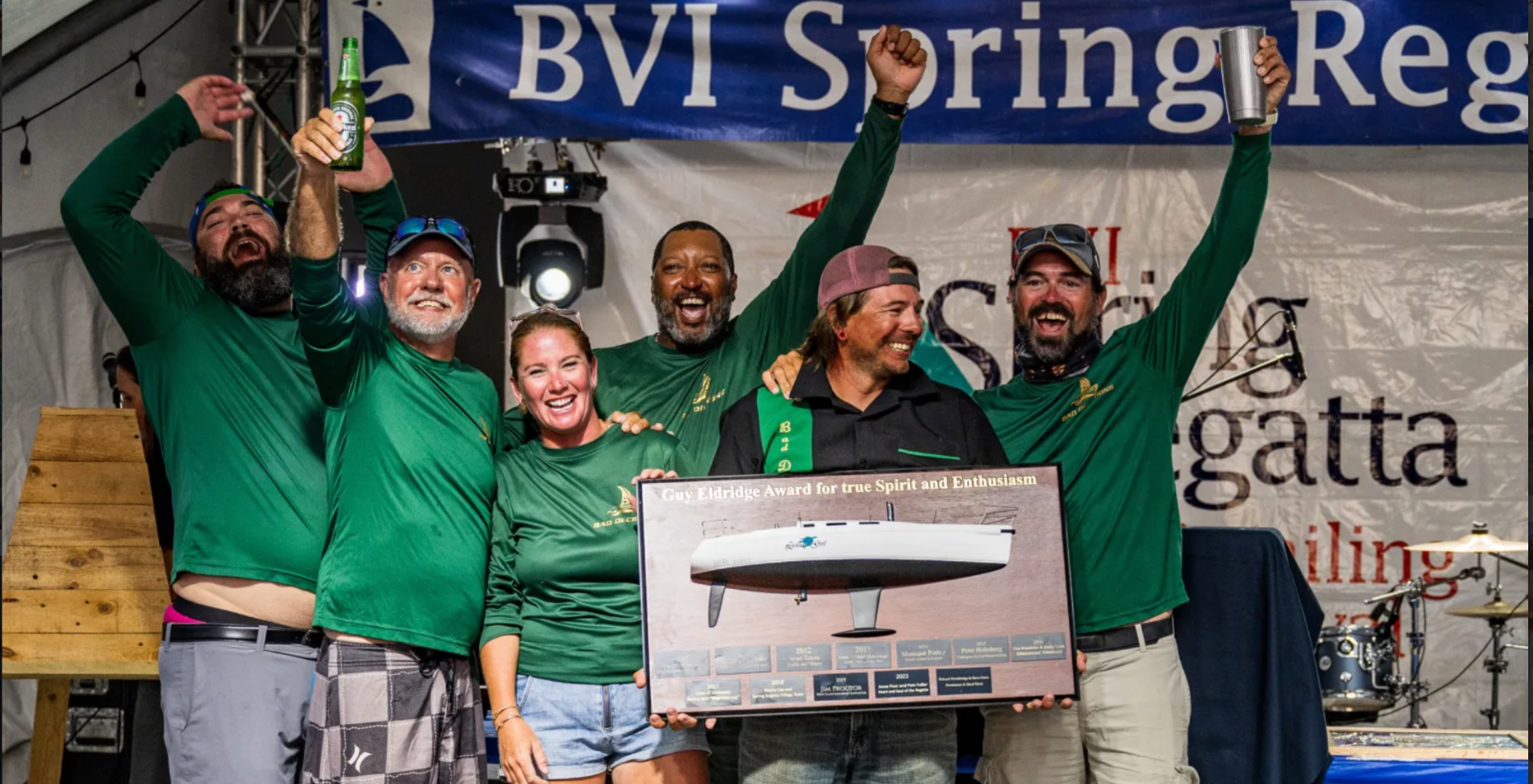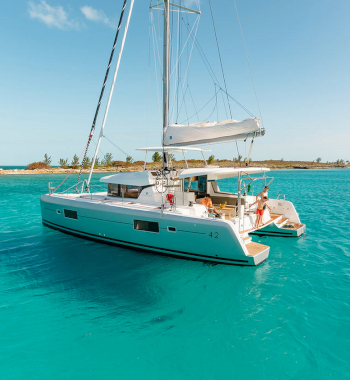People and Heritage
British Virgin Islanders are a diverse group of people. With so many islands, how could they not be? In addition to native born Virgin Islanders, each of these islands is also a mélange of people from throughout the West Indies, Europe, the Americas and Asia.
The Earliest Days
Christopher Columbus was the first European to set eyes on the Virgin Islands, sailing past what is now the BVI on his second voyage to the New World in 1493. According to local legend, after noting a profusion of turtle doves on the largest of these islands, he named it Tortola, the Spanish word for turtle dove. In actuality he named it Santa Ana. His name for the next largest island in the chain was equally fanciful. Likening the island’s profile to a large woman lying on her back, he reputedly named it Virgin Gorda, or the fat virgin.
Columbus sailed onto St Croix (now part of the US Virgin Islands), where he was greeted by Taino Indians, an aboriginal group that had inhabited the Greater Antilles, including Tortola and other BVI islands, since at least 800 AD. Other more ancient Indian groups had preceded them, migrating from Venezuela’s Orinoco Basin over the course of at least 1,000 years. The area that would later be known as the British Virgin Islands was uninhabited at the time of Columbus but at one time at least 1,000 or so Amerindians lived on the various islands, and the remnants of 32 settlements have been identified by archeologists.

Following Columbus’ arrival, the British Virgin Islands remained uninhabited for over a century, passed over by early explorers for being too rocky and infertile. One observer of the time noted unflatteringly that the islands were “wholly uninhabited, sandy, barren and craggy.” But that changed in the mid 1600s when Dutch adventurers arrived here and built a fort on Tortola’s western end. In 1672 the British, which had already set up trading posts throughout the Caribbean, took the island over administering it from Antigua.
Now that they were securely British, the islands of Tortola and Virgin Gorda were populated by an increasing number of English settlers who carved large plantations out of the hillsides and low-lying areas, and planted cotton and sugar cane. Distilleries were built and molasses and rum became the islands’ most important export products.
One of the most influential and successful groups to live in the BVI in the 18th and early 19th centuries were the Quakers, known for their outspoken anti-war and abolitionist views. Also known as the Society of Friends, the first Quakers came to the Caribbean to escape persecution in England. Two Quakers born in the British Virgin Islands went onto illustrious careers abroad. William Thornton, who was born on Tortola in 1761, attended school in England and became a physician, briefly returning to the Virgin Islands to run the family plantation. But he is best known for designing the US Capitol building in Washington, DC after winning a design competition. He later became the head of the first US Patent Office.

Another prominent Virgin Islands born Quaker was John Coakley. Born on Little Jost Van Dyke in 1744, he too was sent to England for schooling. Lettsom eventually became the most distinguished British physician of his day and founder of the London Medical Society. The remains of the Lettsom plantation can still be seen on Little Jost Van Dyke.
The plantation way of life was dependent on the unpaid labor of African slaves and when that unjust institution was abolished throughout the British Empire in 1834, the system collapsed.
The British planters largely abandoned the islands and their former slaves acquired the land left behind, turning it into small agricultural plots and making British Virgin Islanders some of the largest native land holders in the Caribbean. Land ownership though did not make life in the British Virgin Islands easier on its people. Although Britain still ruled the distant colony, its interest in the area had waned. Services were minimal and the people settled into a routine of subsistence living.
Traditionally British Virgin Islanders have been farmers and fishermen, a resourceful and hard working folk who made a living out of the rocky soil and from the surrounding sea. It was a hard scrabble life for these descendants of slavery. They navigated the islands’ steep hills by foot and donkey, or travelled by hand-built island sloop to trade produce and cattle with other parts of the BVI or the neighboring US Virgin Islands, while a few earned extra income by smuggling goods onto the island. During the US Prohibition, smuggling locally made rum into the USVI also became a lucrative side business for a few. With little work in the territory, there were those who temporarily emigrated to Cuba and the Dominican Republic to work those islands’ tobacco and cane fields, but most returned. Throughout BVI history, these industrious people always persevered, turning these islands into the prosperous nation that we know today.
The BVI Today
The Road Town Admin Building is the location of the Premier’s Office and other government departments.
Life changed significantly for British Virgin Islanders in the last half of the 20th century. The largely rural economy slowly gave way to a new industry, tourism, and by the 1970s this once isolated nation was thrust onto the global stage. Today British Virgin Islanders work as hotel managers and receptionists; yacht skippers and maintenance workers. They own restaurants, hotels and guest houses, boat charter businesses, and run off-shore financial firms and consulting companies.

Constitutionally these islands are the “Virgin Islands; ” the word “British” was tagged onto the name to differentiate it from its neighbors, the US Virgin Islands. A British territory with a locally elected government, the BVI is among the most stable countries in the region and boasts one of the highest per capita incomes. This increasingly autonomous nation is controlled by a locally elected government. Modelled to a great extent on the British ministerial form of government, the BVI passes its own budget and determines its laws and social programs.
The Legislative Council is elected by the general populace, and the territory’s Premier and Ministers of the Executive Council are selected by the members of the majority party. Along with the House of Assembly, the Executive Council is responsible for setting the government’s policies. A Governor, who is appointed by Britain, is the Queen’s personal representative and head of the Executive Council. He is responsible for external affairs and internal security.
Expert promotion and sound regulation have made the Virgin islands an international finance center and balancing these two pillars – tourism and finance – has been the formula for the territory’s success. No matter how it is referred to, the BVI is a proud nation with a long and distinguished history, and a bright future ahead of it.

